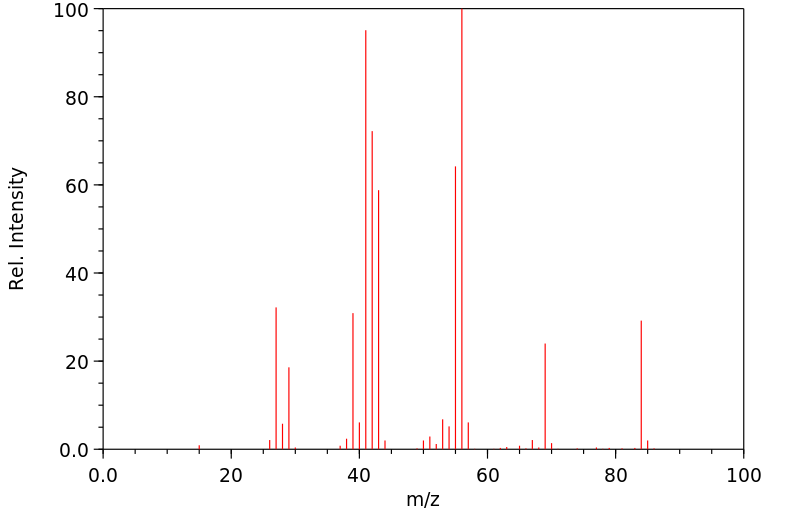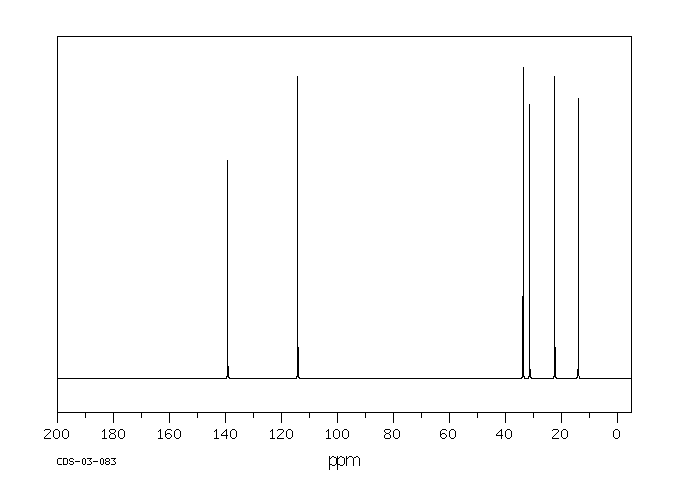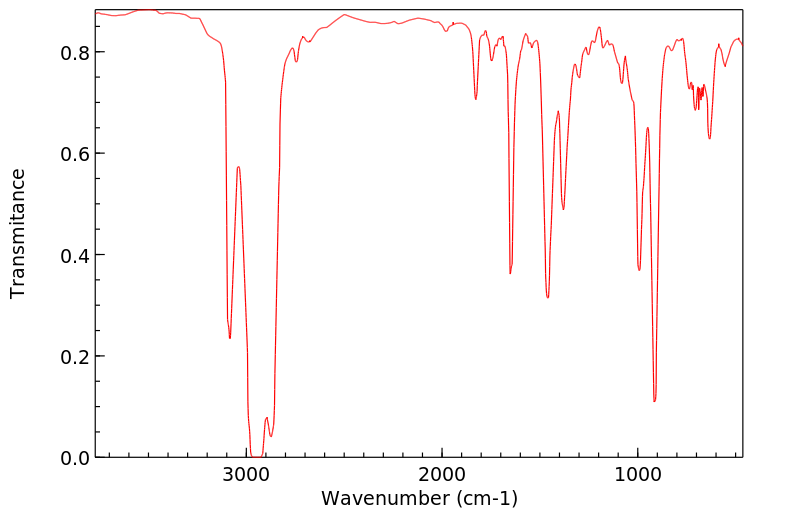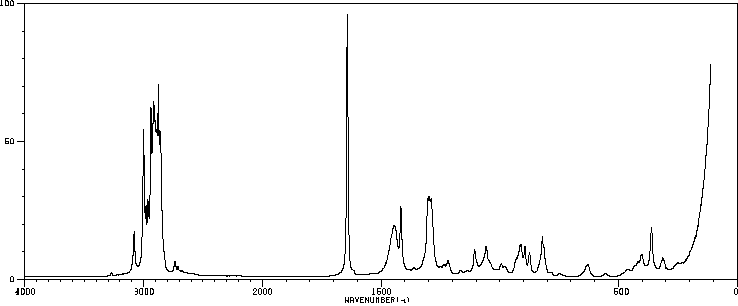代谢
1-己烯(1a)和2-甲基-1-己烯(1b)是存在于环境空气中作为污染物的两种烃类,它们通过一些人和大鼠的P450酶催化进行环氧化。当使用大鼠和人体肝脏微粒体制剂进行反应时,这些过程的对映选择性适中,并且取决于P450组成和底物浓度。不同的P450同种型(大鼠P450 2B1和人体P450 2C10和2A6)催化1a和1b的双键氧化,产生不同的产物对映选择性。在1a的情况下,也观察到控制组或预处理诱导的大鼠微粒体在C(3)位点进行适中的对映选择性羟基化,形成1-己烯-3-醇(4a)。这个代谢物的氧化反过来被大鼠肝脏微粒体催化,主要是由大鼠P450 2C11催化,仅形成1-己烯-3-酮,没有观察到双键环氧化。已经研究了微粒体环氧化物水解酶催化的环氧醇,即threo-(:)-和erythro-(:)-1,2-环氧己醇-3-ol,从理论上预期由4a形成的立体化学过程。
The epoxidation of 1-hexene (1a) and 2-methyl-1-hexene (1b), two hydrocarbons present in the ambient air as pollutants, is catalyzed by some human and rat P450 enzymes. The enantioselectivities of these processes, when the reactions were carried out using rat and human liver microsomal preparations, were modest and dependent on both P450 composition and substrate concentrations. Various p450 isoforms (rat p450 2B1 and human P450 2C10 and 2A6) catalyzed the double bond oxidation of 1a and 1b with different product enantioselectivities. In the case of 1a, a moderately enantioselective hydroxylation at the allelic C(3) with the formation of 1-hexen-3-ol (4a) by microsomes from control or preinduced rats was also observed. The oxidation of this metabolite was, in turn, catalyzed by rat liver microsomes and mainly by rat p450 2C11, leading exclusively to the formation of 1-hexen-3-one, with no double bond epoxidation being observed. The stereochemical course of the microsomal epoxide hydrolase-catalyzed hydrolysis of the epoxy alcohols, threo-(:)- and erythro-(:)-1,2-epoxyhexan-3-ol, theoretically expected to be formed from 4a, has been investigated.
来源:Hazardous Substances Data Bank (HSDB)











